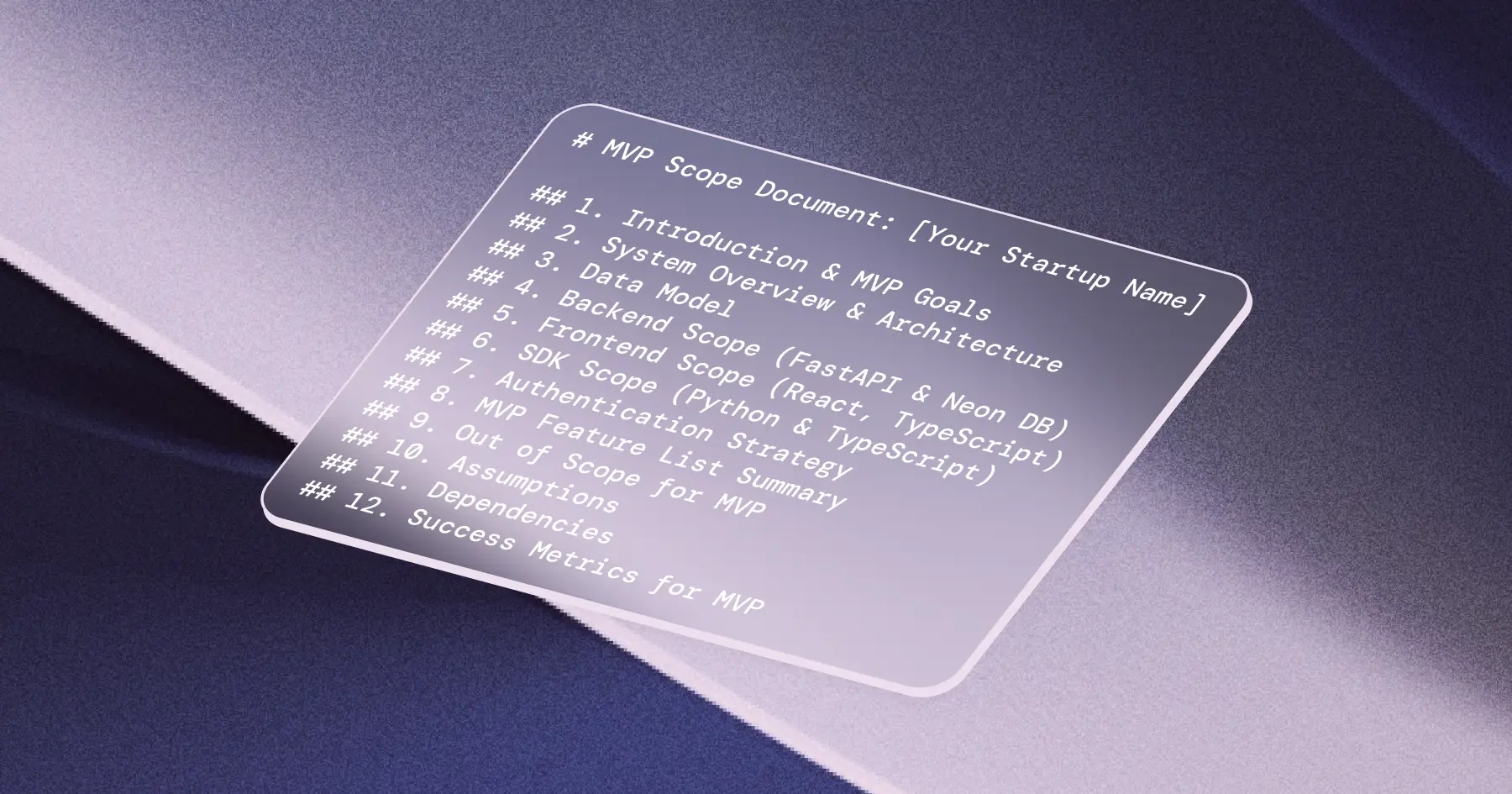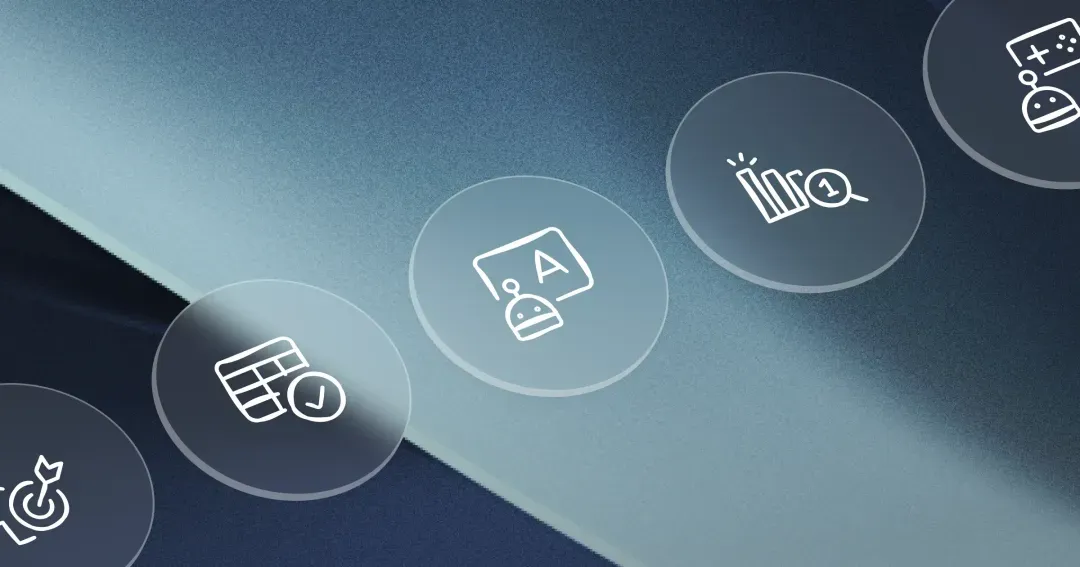Transitioning into a new field can be a daunting yet exciting adventure. In this discussion, our AI Lead, Bernardo, and AI Engineer, Tiina, share insights into Tiina's journey from a data analyst to an AI engineer. This transformation involves not just acquiring new technical skills but also shifting mindsets and embracing the evolving nature of the AI field.
Tiina's Background and Initial Interest in AI
Breaking the Mold: From Business to Tech
Tiina's journey began with a business degree focused on information and service management, which included some technical elements like programming and database management. This non-traditional background for an AI professional showcases that diverse educational paths can lead to success in the tech industry. After graduation, Tiina worked as a data analytics consultant, learning technical skills on the job and developing a strong understanding of business needs.
The Spark of Interest
Tiina's interest in the technical aspects of data analytics grew over time. Initially, her role involved working with low-code, no-code tools, which limited the scope of her data analysis. This limitation drove her to learn Python and improve her SQL skills, expanding her ability to manipulate and analyze data more effectively.
Embracing Data Science and Machine Learning
From Data Analyst to Data Scientist
As Tiina delved deeper into the technical side of data analysis, she became interested in data science and machine learning. Starting in 2017, she took online courses on Coursera to learn about logistic regression, linear regression, and clustering. This foundational knowledge in machine learning piqued her interest further, although her job at that time did not fully utilize these new skills.
For those looking to deepen their understanding of machine learning, Coursera offers comprehensive courses. Check them out here.
Joining the Team and Expanding Skillsets
Joining the team as a one-person data team provided Tiina with an opportunity to wear multiple hats. She handled product analytics, data engineering, and data pipeline development, which broadened her technical expertise. This role reinforced her passion for the engineering side of data work and the satisfaction of solving complex problems through coding.
Transitioning to AI Engineering
The Decision to Transition
Tiina's decision to transition into AI engineering was influenced by her growing interest in the technical and problem-solving aspects of data work. She enjoyed the challenge of coding and the sense of accomplishment it brought. The evolving field of AI, with its rapid developments and exciting possibilities, also played a significant role in her decision.
Defining the AI Engineer Role
According to Bernardo, the role of an AI engineer can vary depending on the company and team structure. An AI engineer may focus on production-grade code, understanding and deploying AI models, and ensuring the system's overall functionality. The convergence of software engineering and AI engineering highlights the importance of having a strong grasp of both coding and AI concepts.
Building a Strong Foundation in AI
Hands-on Learning and Practical Experience
One of the key aspects of Tiina's transition was gaining practical experience. Working with Bernardo, she tackled challenging projects like model merging, which involved understanding scientific research and implementing it in real-world scenarios. This hands-on approach helped bridge the gap between theoretical knowledge and practical application.
Discover how model merging is transforming AI in our detailed post:

Introduction to Model Merging
How can we make LLMs more versatile without extensive training? Model merging allows us to combine the strengths of multiple AI models into a single, more powerful model.
Navigating the Learning Curve
Tiina acknowledges that the transition to AI engineering requires continuous learning and adaptation. The vast and rapidly evolving field can be overwhelming, but focusing on incremental progress and practical applications can make the learning process more manageable. Understanding the underlying principles of AI models and their implementation is crucial for success in this field.
Keeping Up with AI Advancements
Staying Updated in a Fast-Paced Field
The AI field is characterized by rapid advancements and frequent new developments. Bernardo emphasizes the importance of staying informed through reputable sources, curated newsletters, and following influential content creators. Prioritizing relevant information and focusing on specific areas of interest can help manage the overwhelming influx of new research and techniques.
Stay updated with the latest in AI by following top AI influencers on LinkedIn, and consider subscribing to newsletters like The Batch by deeplearning.ai and Rundown AI.
Practical Tips for Aspiring AI Engineers
For those considering a transition into AI engineering, Tiina and Bernardo offer valuable advice:
- Embrace the learning curve: Accept that there is a lot to learn and focus on small, incremental steps.
- Prioritize hands-on experience: Start with practical tutorials and hands-on projects before diving into theoretical details.
- Become proficient in key skills: Fluency in programming languages like Python is essential for understanding and implementing AI models.
- Stay curious and adaptable: The AI field is constantly evolving, so maintaining curiosity and a willingness to learn is crucial.
Conclusion
Tiina's journey from data analyst to AI engineer is a testament to the possibilities that come with dedication, continuous learning, and a passion for problem-solving. Her story inspires those who are considering a similar transition and highlights the exciting opportunities in the AI field. By embracing the challenges and staying focused on incremental progress, anyone can successfully navigate the path to becoming an AI engineer.
For more inspiring stories and insights, visit our blog.



